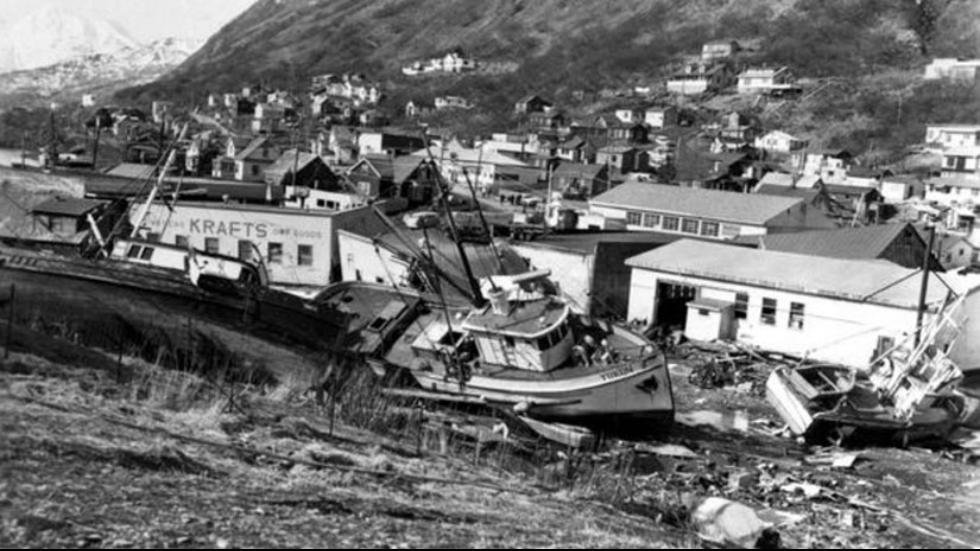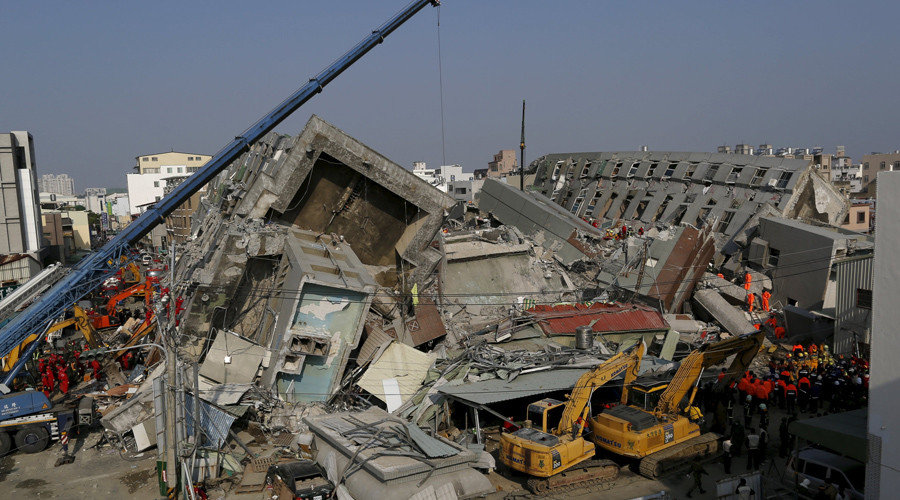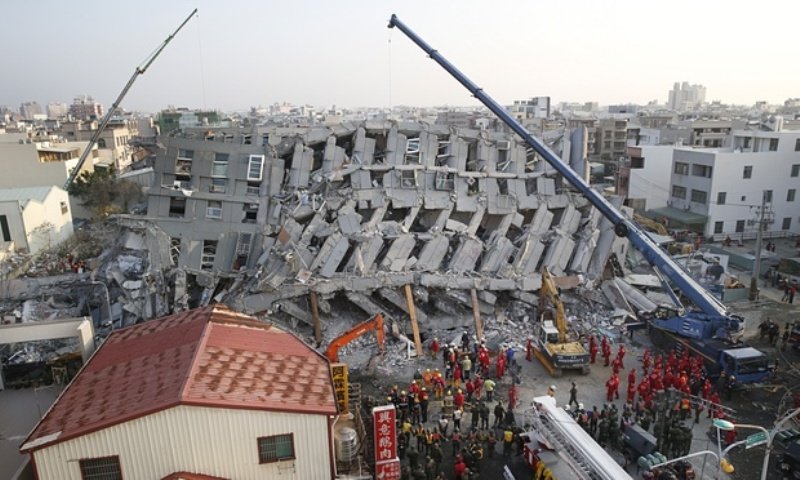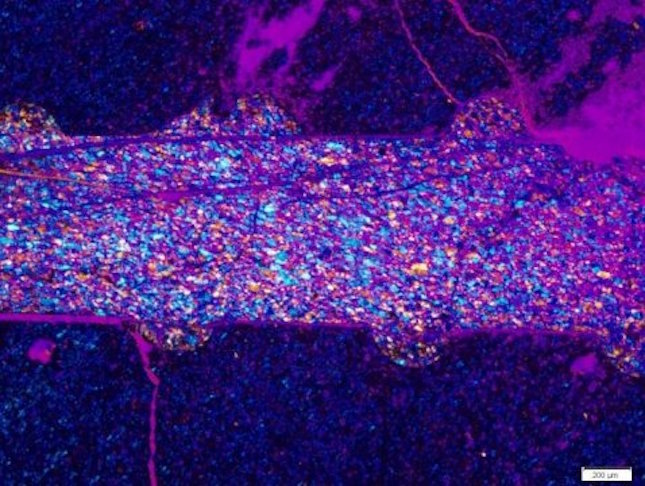
© U.S. Geological SurveyIn the photo above, a section of Kodiak, Alaska, is in ruins after the massive tsunami that followed the Great Alaska Earthquake in March 1964.
Five decades after the
nation's most powerful earthquake hit Alaska, scientists have pinpointed the underwater slide that triggered some of the deadliest tsunami waves produced by the shaking.
Using modern technology to map the floor of Prince William Sound, scientists from the U.S. Geological Survey and other organizations have found the landslide behind the tsunamis that killed about a third of the people in the
Alutiiq village of Chenega, the service said on Monday.
Twenty-three of the village's 75 residents perished within minutes of the magnitude-9.2 earthquake that struck in 1964, making Chenega one of the communities hardest hit by the event. The village was nearly leveled and later rebuilt at a different site with a slightly different name, Chenega Bay.
In the immediate aftermath of the earthquake, scientists speculated that underwater landslides produced the waves that struck Chenega, the USGS said. A
USGS technical report on the earthquake that was published in 1969 cited "localized waves of unknown origin" as the source of the most destruction. "The local waves, and combinations of local waves and subaqueous slides, caused most of the earthquake related fatalities in Alaska," that report said.
But the bathymetric technology of the time allowed for study of the seafloor only to the depth of about 180 meters, or 330 feet, the USGS said. Modern surveys conducted with multibeam sonar technology and a seismic-reflection system revealed a big complex of underwater slides that had occurred at much lower depths, the USGS said.
The findings of the USGS-led project are described in a
study published online in the journal
Earth and Planetary Science Letters.
"What makes this slide unusual is that much of the material that slid was at a water depth of 250 to 350 meters," or 820 to 1150 feet, Peter Haeussler, a USGS geologist based in Anchorage and a co-author of the study, said in a statement released by the survey.
"The deeper initiation depth made it particularly good at generating a tsunami."




Comment: See also: